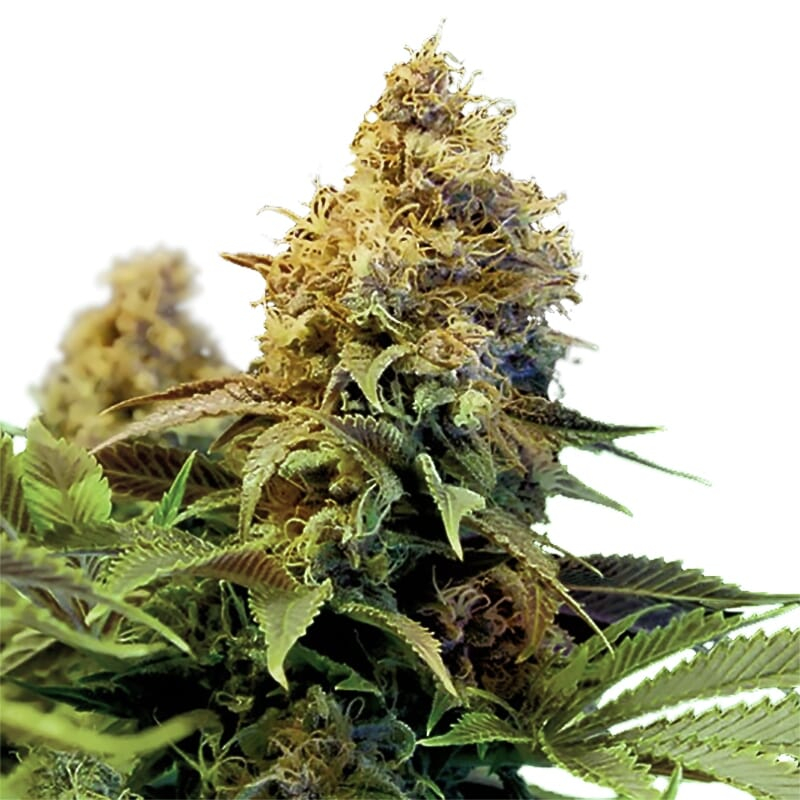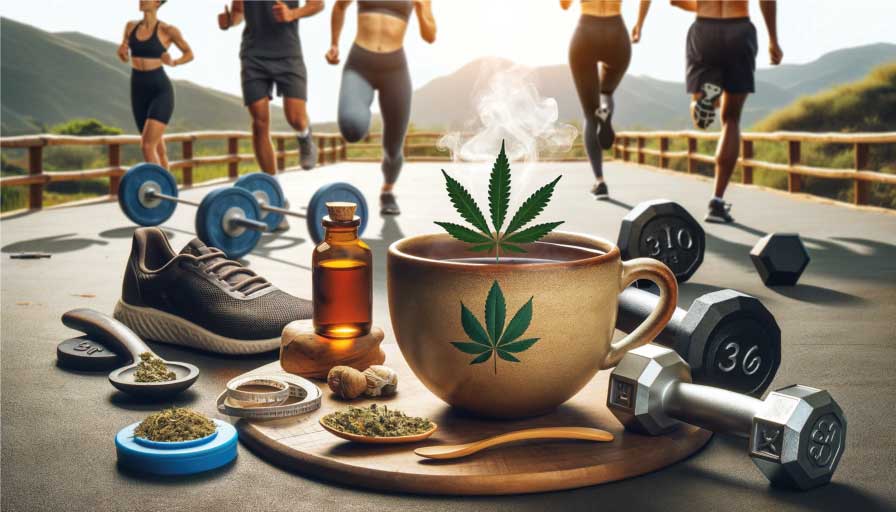Amsterdam’s Unconventional Athlete
In the bustling heart of Amsterdam, a city globally renowned for its art, canals, coffee shops, and liberal attitudes, a man named Fred has carved a niche for himself. Known for his passionate love for swimming and an occasional indulgence in cannabis, Fred embodies the vibrant character of the city. But what sets him apart from the millions inhabiting the Dutch capital is not just his hobbyist pursuits, but the unique, seemingly paradoxical blend he has created between them.
Fred’s Unique Blend of Fitness and Cannabis
Fred’s story begins on a typical day in Amsterdam. The city awakens to the distant toll of church bells, the streets quickly filling with cyclists as aromatic smoke wafts from the coffee shops lining the canals. In the midst of this energetic morning rhythm, Fred dives into one of the city’s iconic canals for his daily swim.
The Cannabis-Swimming Symbiosis
Amsterdam, with its intertwining canals, serves as an excellent setting for swimming enthusiasts. The pristine waters that run through the city like veins are not just an urban luxury for Fred but a vast canvas where he meticulously practices his exercise regimen. While the combination of swimming and cannabis may sound peculiar to most, Fred has discovered an extraordinary symbiosis between the two. According to him, this practice not only enhances his focus but significantly augments his performance during training sessions.
Fred’s unique approach to his physical routine starts at home. He lights up a joint, savoring the moment, and allowing the cannabis to exert its effects. He then slips into his swimming gear, his senses heighten, and makes his way to the nearest canal for his daily swim. Each stroke in the water, he says, feels amplified, purposeful, and synchronized, allowing him to practice with a level of concentration he otherwise finds elusive.

Cannabis and Athletics: A Growing Interest
While Fred’s unique practice of combining cannabis with swimming might seem unconventional to many, it’s far from baseless. His experiences are a part, of a growing body of anecdotal evidence and preliminary research that suggests a potential relationship between cannabis use and physical activity.
Athletes across various disciplines, diverse backgrounds, and different fitness levels have reported experiencing positive psychological effects from their cannabis use in conjunction with their physical activities. Surfers harnessing the formidable power of Pacific waves, ultramarathoners enduring torturous terrains, and climbers tackling imposing vertical challenges have all echoed sentiments similar to Fred’s. They note increased mental focus, a heightened sense of connection with their activities, and an improved ability to overcome pain, discomfort, and even fatigue, under the influence of cannabis.
One compelling testament to the potential benefits of cannabis in sports comes from a professional triathlete who goes by the initials C. D. He credits cannabis for its ability to slow down his thought processes, allowing him to evaluate incoming stimuli individually, rather than being overwhelmed. According to him, cannabis induces a rhythmic beat in his mind that guides his pace during his runs, almost acting as a metronome. His experience points to the potential of cannabis in fostering a meditative, highly focused state that might be conducive to intense physical activities.
C.D.’s account is not an isolated incident, but part of a growing chorus of voices in the sporting world. There are numerous reports from athletes who feel that cannabis helps them enter a ‘flow’ state—a state of immersive focus and enhanced performance. This ‘flow’ state, or being ‘in the zone,’ is often associated with peak performances in athletics.
This burgeoning interest in the intersection of cannabis and sports is sparking more in-depth scientific research. The initial anecdotal accounts have paved the way for more rigorous explorations, looking to substantiate or refute these early observations. This quest for understanding is fueled by the necessity to provide athletes and fitness enthusiasts with informed, science-backed advice on the potential risks and benefits of integrating cannabis into their routines.
Fred, C. D., and many others are thus both participants in and beneficiaries of a wider cultural and scientific movement. It is a movement that has begun to challenge traditional notions of athletic performance and wellness, potentially opening the doors to a new era of sports science.

Unraveling the THC-Physical Activity Link
The link between THC—the psychoactive chemical in cannabis—and physical activity has piqued researchers’ interest. THC interacts with the endocannabinoid system in our body, which is involved in a variety of physiological processes including appetite, pain sensation, mood, and memory. Given its physiological reach, it’s plausible to think that THC can impact athletic performance and recovery.
A pioneering study is currently underway, aiming to shed light on why many individuals, like Fred, resort to cannabis before, during, or after their workouts. Such research could lead to fascinating insights into the interaction between cannabis and exercise, potentially reshaping our understanding of sports medicine and exercise science.
Rethinking the ‘Runner’s High’
The euphoric feeling often experienced during intense physical activity, often referred to as the ‘runner’s high,’ has been attributed to the release of endorphins, opioid-like hormones produced by our body. This blissful state is said to make exercise pleasurable, promoting a sense of well-being and happiness.
However, Josiah Hesse, in his book “Runner’s High,” explores the subculture of amateur and elite athletes who use cannabis for exercise, suggesting an alternative viewpoint. Hesse proposes that the ‘runner’s high’ might not be solely a product of endorphins but could be influenced by the body’s endocannabinoid system—the same system that interacts with THC in cannabis. If this theory holds water, it could explain why cannabis might enhance the pleasure derived from exercise.

Amsterdam: The Perfect Canvas for the Cannabis-Fitness Study
Amsterdam, fondly known as the Venice of the North, is a city built on a network of canals. These waterways, threading their way through the urban landscape, have been a central feature of the city’s identity since the Dutch Golden Age. However, in the context of our story, they serve a dual purpose. They are not just picturesque, historical landmarks but swimming tracks for fitness enthusiasts like Fred.
The liberal attitudes towards cannabis use that prevail in Amsterdam further contribute to making it an ideal setting for the exploration of cannabis-fitness phenomena. The city’s numerous coffee shops, where the consumption of cannabis is legalized and regulated, are an integral part of Amsterdam’s unique urban culture. These locales serve as accessible platforms for residents and tourists alike to responsibly explore cannabis’s effects.
In this regard, the city provides an ideal, open-air laboratory where the interaction of cannabis and fitness can be studied in a real-world, pragmatic setting. The instances of athletes, like Fred, integrating cannabis into their fitness routines are not isolated. They are part of a larger trend within the city, creating a rich dataset for researchers and enthusiasts alike. This unique environment allows for a more nuanced understanding of the phenomenon, considering various elements such as the dosage, strain, timing of cannabis use, type of exercise, and individual responses.
A New Perspective on Cannabis and Fitness
While the health impacts of smoking marijuana are well-documented, there’s a growing narrative that challenges the established perspective. This emerging counter-narrative revolves around the potential benefits of getting high before engaging in physical activities like running—or in Fred’s case, swimming. It’s pushing boundaries and stirring debates, leading to a more nuanced conversation about cannabis’s role in fitness and sports.
The underlying message is not about promoting or glorifying drug use. Rather, it’s about acknowledging and exploring the effects of cannabis on physical performance and recovery. There’s an emphasis on ‘responsible use’ that aligns with the goal of enhancing athletic performance or making the exercise experience more enjoyable.
This narrative does not undermine the risks associated with smoking. Smoking, regardless of whether it’s tobacco or marijuana, involves combustion, which inevitably leads to the production of harmful by-products. The conversation here is more about the active compounds in cannabis and their potential effects on the body during physical activity, regardless of the method of consumption.
Therefore, many athletes who are interested in exploring cannabis for its potential benefits prefer safer alternatives to smoking. Vaping, for instance, heats the cannabis to a point where the active compounds are released, but the plant material does not burn. This method is perceived to be less harmful because it produces fewer harmful by-products. Edibles, tinctures, and topical applications of cannabis are other methods that athletes use to avoid the potential harms of smoking.
The challenge and opportunity moving forward lie in conducting comprehensive, well-controlled studies to further understand cannabis’s role in fitness. We need to unravel the complexities of cannabis use in sports, address safety and ethical concerns, and provide clear, evidence-based guidelines for athletes who wish to explore cannabis as part of their fitness journey. As we navigate through this uncharted territory, it’s imperative that we approach the topic with an open mind, a respect for scientific rigor, and a commitment to public health and safety.

Closing Thoughts: The Future of Cannabis in Sports
Fred’s approach to swimming is a mirror held up to Amsterdam’s spirit—a compelling blend of liberality and a passion for fitness. His practice is emblematic of the complexity of human experience and our constant pursuit of discovering unique, and sometimes unconventional, ways to enhance performance and enjoy the activities we love.
As we continue to explore the intersection of cannabis and sports, we stand at the precipice of a new era in sports medicine, exercise science, and health. With further research and open dialogue, we edge closer to understanding the unconventional, yet intriguing relationship between cannabis and sports. The hope is that we’ll be able to leverage it responsibly, for both recreational athletes and professionals, to potentially enhance their performance or make their physical activities more enjoyable.
In the end, Fred’s story isn’t just about a man who enjoys swimming high. It’s a narrative that challenges conventions, explores uncharted territories, and may eventually change the way we perceive fitness, sports, and cannabis.














